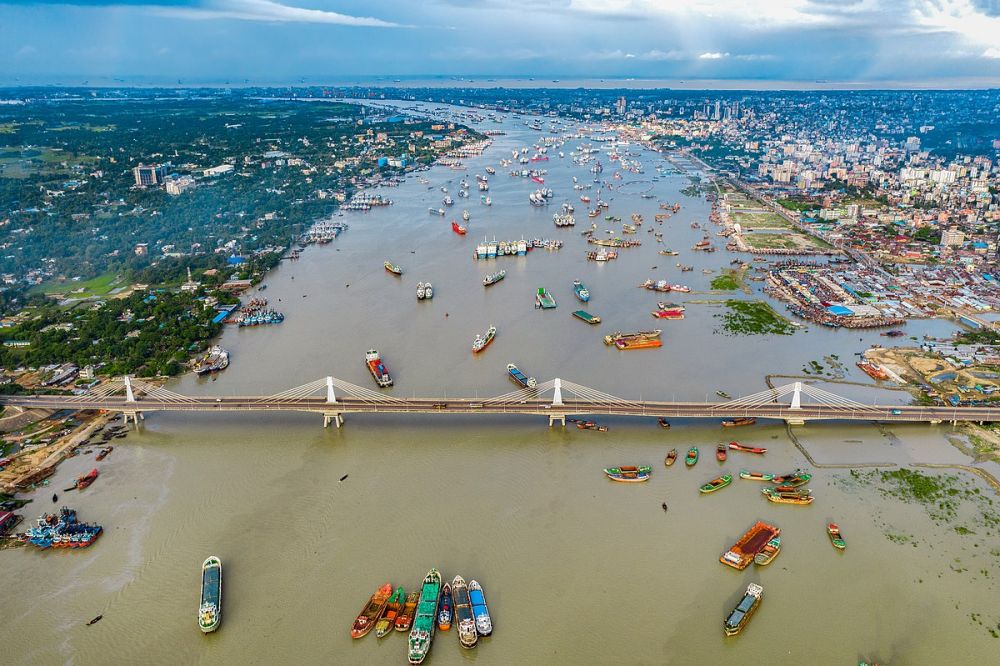

The history of tourism in Chittagong, Bangladesh, has evolved significantly over the years. As the country's second-largest city and a major coastal seaport, Chittagong has been a confluence of various cultures and nationalities for centuries. The city and its surrounding areas are rich with historical monuments, natural beauty, and cultural diversity, all of which have contributed to the development of its tourism sector.
Tourism in Chittagong began to pick up as a notable industry in Bangladesh following the country's independence in 1971. Before that, the area primarily served as an economic and maritime hub due to its port. The initial development of tourism was slow, often promoted by curious travelers and history enthusiasts eager to explore the landscapes and cultural heritage that Chittagong had to offer.
The 1990s and early 2000s saw a more strategic approach to tourism development in Chittagong with the government and private sector investing in infrastructure. The establishment of hotels, resorts, and improved transportation links, such as Shah Amanat International Airport's expansion, helped facilitate more robust domestic and foreign tourism.
Chittagong is home to various attractions that have long drawn visitors from across the globe. These include the wartime heritage site of the Patenga Beach, the historical Foy's Lake, the Chittagong Hill Tracts with their natural allure, and religious sites such as the Chandanpura Masjid. The famous Cox’s Bazar, the longest unbroken sandy sea beach in the world, situated close to Chittagong, has also been a significant drawcard for tourists.
In recent years, eco-tourism and sustainable travel have become pivotal in the development of Chittagong's tourism. Emphasis has been placed on preserving the natural beauty and biodiversity of the region, while also providing meaningful experiences to tourists. Additionally, the introduction of modern facilities such as high-speed internet and online booking systems have increased accessibility for international tourists.
With the rise of digital marketing and social media, tourism in Chittagong has received a boost as these platforms have been utilized to effectively promote its attractions. The visual appeal of Chittagong's landscapes and cultural activities translates well to these mediums, encouraging a broader audience to consider Chittagong as an appealing travel destination.
The future of tourism in Chittagong looks promising with continuous investments in infrastructure and services. The government's initiatives to promote travel and streamline visa processes are expected to facilitate a further increase in international visitors. Efforts are also being made to develop community-based tourism to ensure that the benefits of tourism growth are shared widely among local populations.
The rich tape of Chittagong's tourism history reflects its evolving narrative as a destination that bridges the old with the new. While respecting its past, Chittagong is steadfastly gearing itself for a future where it stands as a proud emblem of Bangladesh's tourism, offering diverse experiences to all who visit this vibrant coastal city.